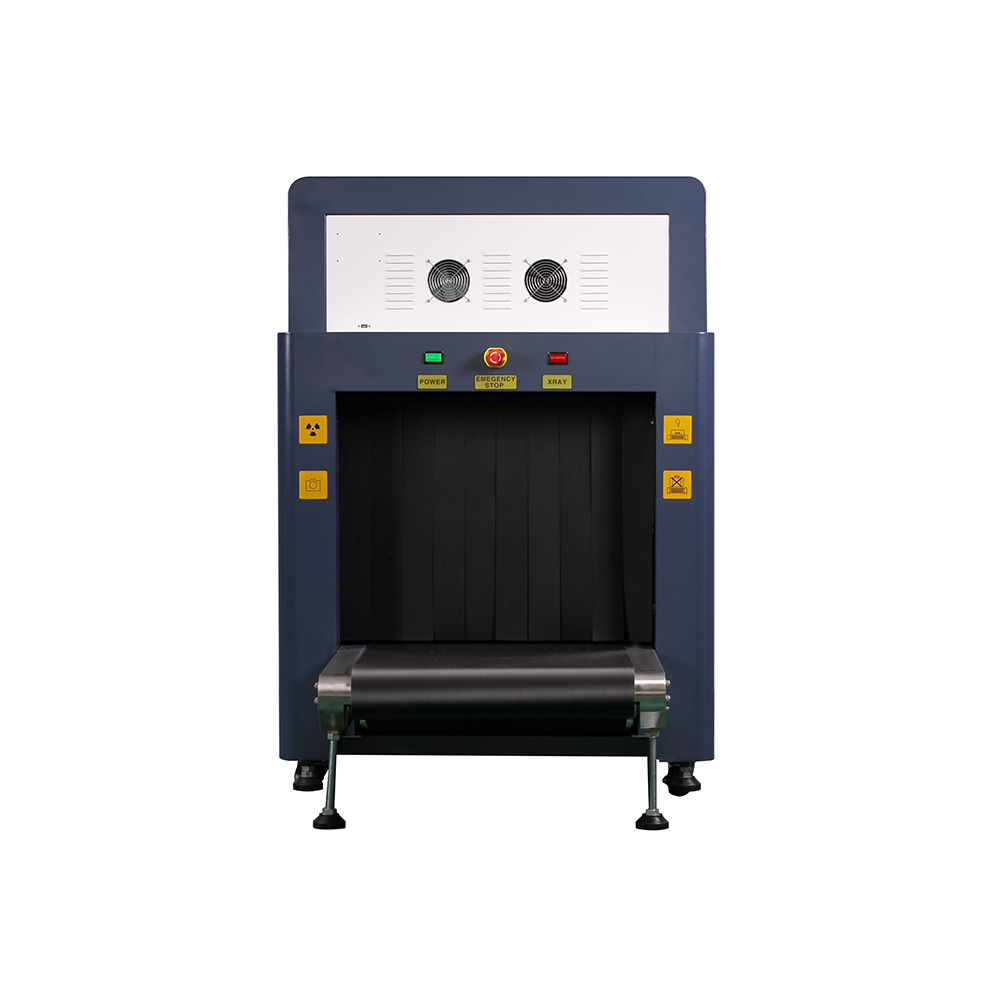

The units of class (c) of greatest interest to astronomers are given in Table 2 for those with simple names and symbols, and in Table 3 for those with compound names and symbols. The units of classes (a) and (b) are listed in Table 1. There are three classes of SI units: (a) the seven base units that are regarded as dimensionally independent (b) two supplementary, dimensionless units for plane and solid angles and (c) derived units that are formed by combining base and supplementary units in algebraic expressions such derived units often have special names and symbols and can be used in forming other derived units.

General information about SI units can be found in the publications of national standards organisations and in many textbooks and handbooks. The units of the centimetre-gram-second (CGS) system and other non-SI units, which will be unfamiliar to most young scientists, should not be used even though they may be considered to have some advantages over SI units by some astronomers. SI units are now used to a varying extent in all countries and disciplines, and this system is taught in almost all schools, colleges and universities. The international system (SI) of units, prefixes, and symbols should be used for all physical quantities except that certain special units, which are specified later, may be used in astronomy, without risk of confusion or ambiguity, in order to provide a better representation of the phenomena concerned.
THE NAME FOR THE BASIC UNIT USED IN THE SCANSION PDF
5, in IAU Transactions XXB (1989), which may be consulted for further details ( download PDF file, 4.7MB) SI Units Reprinted from the "IAU Style Manual" by G.A.


 0 kommentar(er)
0 kommentar(er)
